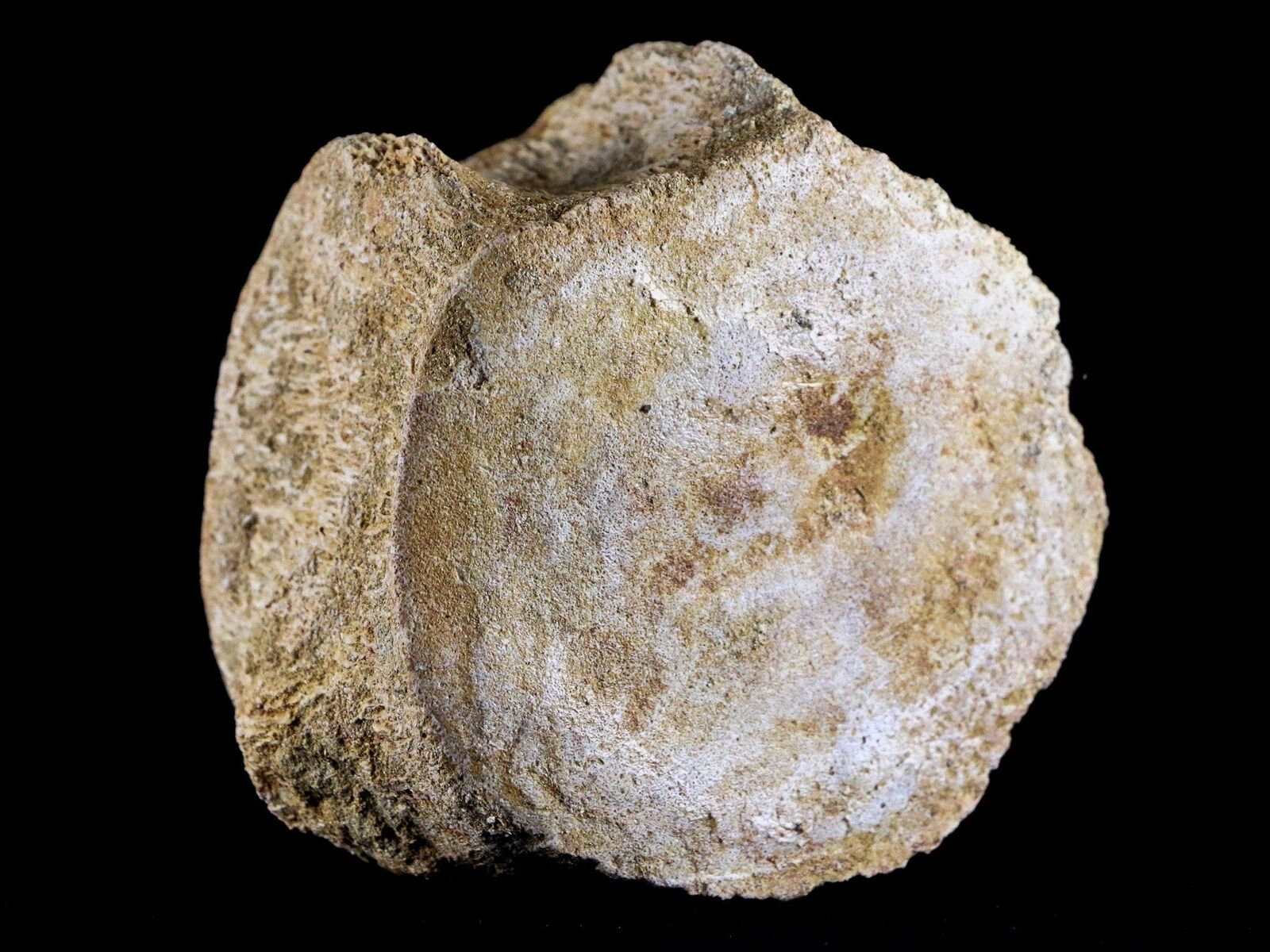|

On eBay Now...
3.2\" Plesiosaurus Fossil Vertebrae Cretaceous Dinosaur Era Elasmosaurus COA For Sale

When you click on links to various merchants on this site and make a purchase, this can result in this site earning a commission. Affiliate programs and affiliations include, but are not limited to, the eBay Partner Network.

3.2\" Plesiosaurus Fossil Vertebrae Cretaceous Dinosaur Era Elasmosaurus COA:
$59.99
3.2\" Plesiosaurus Fossil Vertebrae Cretaceous Dinosaur Era Elasmosaurus COA 3.2\" Plesiosaurus Fossil Vertebrae Cretaceous Dinosaur Era Elasmosaurus COA Location: Khouribga, Morocco Weight: 8.1 Ounces Dimensions: 3.2 Inches Long, 3 Inches Wide, 1.8 Inches Thick The item pictured is the one you will receive. Comes with a Certificate of Authenticity. This is a genuine fossil, not a replica. Name: Elasmosaurus (Ribbon lizard). Named By: Edward Drinker Cope - meters long. Time period: Campanian of the Cretaceous. Today Elasmosaurus is one of the best-known Plesiosaurs in the world and is the type genus for the Elasmosauridae. This group is noted for having particularly long necks, proportionately even longer than the more standard plesiosaurs. These long necks are composed of a large number of cervical vertebrae that in Elasmosaurus number seventy-one, more than other plesiosaurs including fellow elasmosaurids. The sheer number of vertebrae not only extend the length of the neck but also provide greater flexibility for fine control of the head, although very early reconstructions of Elasmosaurus being able to coil its neck like a snake are today considered to be very inaccurate and impossible for a living Elasmosaurus to do. Instead, the neck would have been held quite straight when resting with sideward movements only occurring when necessary. It was the long neck of Elasmosaurus that was key to its feeding method. All Elasmosaurus would have to do was swim up to a shoal of fish, possibly from below so that it could hide its body in the slightly darker depths, and use its neck to dart its head in and pluck out a mouthful of fish. Approaching prey like a shoal of fish from below would also silhouette themselves against the brighter surface water, making them easier to define as well as removing the defense method of flashing light off their shiny scales to confuse predators as they turned and swam through the water. Such a method would have been a reasonably effective form of feeding as Elasmosaurus would just have to move its head and neck and not waste energy swimming after fast-moving individuals. Key to prey capture was the long and thin teeth that protruded from the mouth of Elasmosaurus. These intermeshed together so that when a fish was caught between the jaws it was impaled upon the teeth so that it could not wriggle free and escape. This kind of dentition is common among other elasmosaurids as well as other piscivorous (fish-eating) animals such as skim-feeding pterosaurs. A defining characteristic of Elasmosaurus is the fact that it has six teeth in each premaxilla. Because the teeth of Elasmosaurus were adapted for prey capture rather than biting clean through flesh, prey would need to have been swallowed whole. Gastroliths have been found in association with Elasmosaurus remains and its thought that the grinding action of these stones in its gut tenderized food for easier was not a fast swimmer, although if it used stalking tactics to approach its prey from below it would not need to be. The flipper-like limbs were rigid and well suited for providing efficient locomotion through the water. Skeletal elements of the main body such as the pectoral girdles were also well adapted to provide efficient musculature support for the flippers so that that Elasmosaurus could paddle itself through the water with ease. Please be aware of the nature of fossils: Being buried under the ground for millions of years under tons of pressure tends to be rough. No fossil comes out of the ground whole and perfect. Most fossils have undergone some restoration, while others are altered by man simply to enhance their presentation in different ways. The workers in Morocco do a very professional job, unearthing and preserving these natural treasures, however, commonly natural cracks are visible on the surface. These are part of the natural beauty of the fossil and not considered defects. Shipping Payments Terms of Sale Contact Us We offer combined discountedshipping on purchases made the same day. If your using PayPal payment we only ship to the shipping address specified on PayPal. Most orders areshipped with the United States Postal Services with tracking. All shipments will be shipped within 24 hours except Sundays Signatures are required on all purchases over $100 USD All payments must be made within 72 hours of placing your order.
UNCONDITIONAL RETURN POLICY
At Fossil Age Minerals, customer service and satisfaction are our highest priorities. Because your positive buying experience is very important to us, Fossil Age Minerals has an Unconditional return policy if:1.All returns must be in their original state.
2.All return requests are made within 30 Calendar days of receipt of merchandise.
You can contact us between the hour of 9:00AM - 8:00PM Central time Mon - Fri. We are closed on weekends and holidays.


PLESIOSAUR TOOTH DINOSAUR TEETH FOSSIL MARINE REPTILE EXTINCT RELIC PLESIOSAURUS $49.95

3.2" Plesiosaurus Fossil Vertebrae Cretaceous Dinosaur Era Elasmosaurus COA $59.99
|